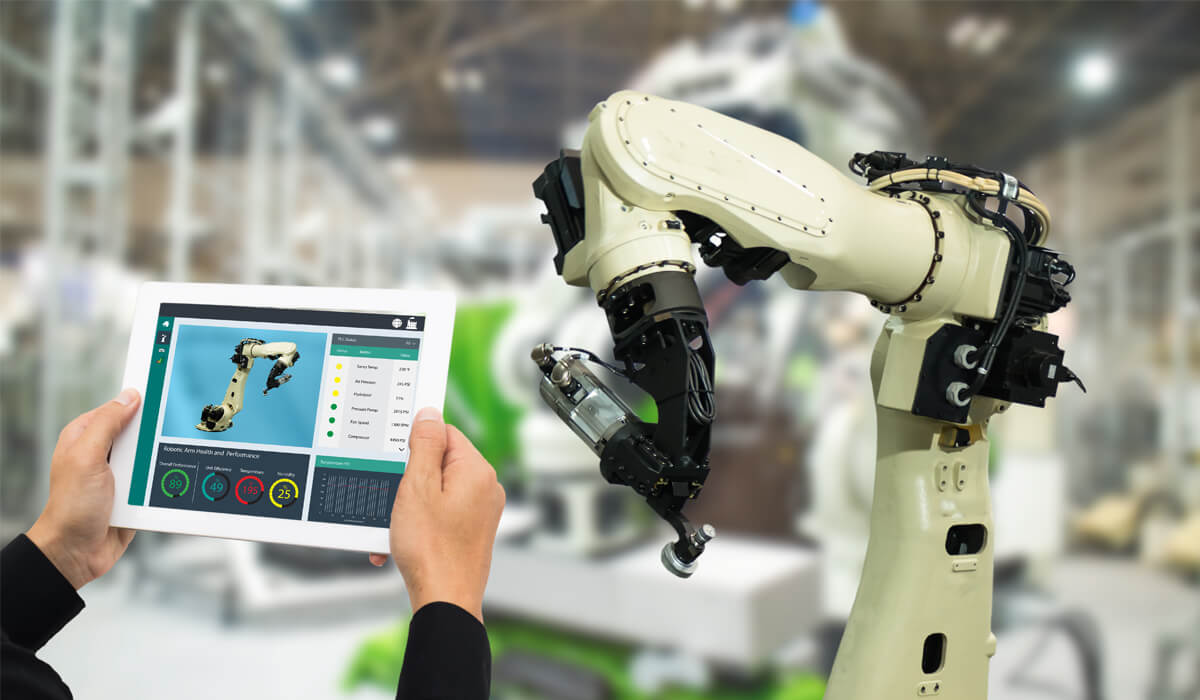From time to time we will be featuring blogs from our Board members and advisors. We begin with a discussion about building great products by RWVS Board member Roger Bodamer. Roger is senior corporate product executive who long ago turned highly successful serial entrepreneur focused on product development.
Innovation in large companies is extremely hard. While theoretically large companies have the resources and time to experiment, many internal projects fail. One of the key challenges is that innovation is not a product of a budget, but a product of culture and a process.
The changes over the next 10-15 years will be disruptive. Sensors will increasingly monitor anything. Machine Learning is disrupting even low signal use cases. Most companies will be faced to either embrace change and innovate or risk becoming irrelevant. Some key drivers of the speedup of disruptive products are:
– increased understanding and know-how about building systems
– commoditization of CPU/GPU power; infrastructure as a commodity
– vastly increased availability of data, both reference and dynamic data
These changes mean it is becoming easier to build products leading to improved quality of decision making, reduced latency (i.e. faster!), increases in efficiency. This in and of itself is awesome, but it creates an even more important dynamic, because experiments can be run faster, results (both good and bad) emerge faster, which results in an environment that accelerates innovation, leading to new and diversified product offerings.
How to implement this in your own company?
It’s complex. If parts of your company are structured in a way where the key metrics are the number of experiments that can be run rather than the contribution or cost to the bottom line, congrats, you’re 10% of the way there.
But in addition to all of the above, it’s imperative to have people with the right mindset. Someone who decides to join a large company has often a different profile than someone who’s joining a startup. On the other hand, the challenge in startups is often the lack of capital and ability to test things early with true domain experts.
Fortunately, there’s a ‘best of both worlds’ for certain classes of problems where innovators can work outside of a large company.
The venture studio model provides budding entrepreneurs with connections in the commercial sector, an environment in which resources (incubation capital, admin/legal) are available enabling the entrepreneur to focus on product.
Good product is in almost all cases built by meeting the market early, and a venture studio that has ties into possible customers can help getting a product to MVP faster while de-risking the environment.


